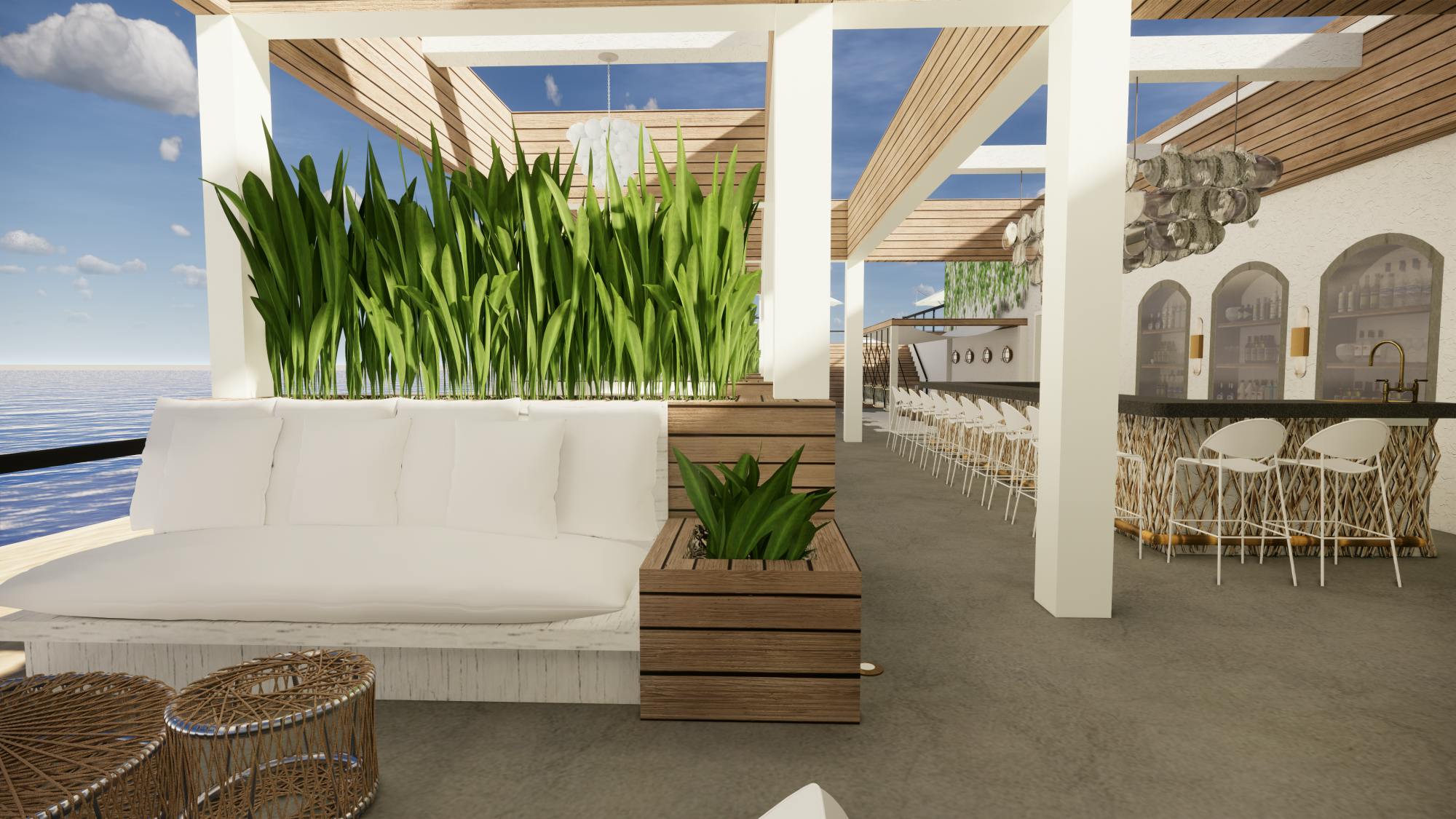The upper division of the interior design program at Michigan State University is a small one, only accepting 20 students to their program a year.
The Human Ecology Building is their home. There, students have 24/7 access so they can get into lab rooms with the programming they need. They have hours-long studio classes where students can work on their projects and receive feedback from their professors.
The program is accredited by Council for Interior Design Accreditation, or CIDA and the top program includes a competitive review proces.
When MSU responded to the COVID-19 outbreak by making the switch to online learning through the rest of the semester and into the summer, Eunsil Lee, an associate professor in the program, didn't think they'd be able to make the transition.
"Previously, I thought online studio was impossible," she said. "Now, I found online studio is possible, and it works really well, really fine."
Throughout her studio, she gives lectures and meets with students via Zoom for 10 to 15 minutes to check on the progress of their projects.
"At first I was kind of panicked, but it's getting better," Lee said. "I actually kind of like it now."
For academic teaching specialist Laura Winter, her entry-level hand drafting course is harder to teach online because students are learning those skills for the first time. For the upper-level courses, however, it's going better than expected, she said.
For her upper-division classes, the students’ projects are all computer generated, so the hardest part is being away from them.
"I like having the in-person connection with students," Winter said.
The program is small and tight-knit, with students collaborating and working together throughout their time together in the program.
"I have not received any complaints, apart from that sense of attachment and being able to collaborate and see one another," assistant professor Linda Nubani said.
She currently is teaching the senior design studio classes.
“The nature of the interior design program is, I mean, they order pizza around midnight, they stay together, keeping each other company," she said.
By senior year, most design classes use technology. Nubani said one rendering shot could take up to an hour, so students having to work on their renderings alone takes a toll.
"During that hour, I feel now they're in isolation, and if anything that's maybe the most difficult part, emotionally," she said.
With the transition to online classes, students lost the ability to keep track of how they are doing compared to other students. Because of this, Lee said that the gap between students that get ahead and the students that fall behind has gotten bigger.
"Those who kind of get behind, they don't have some kind of motivation from others. There's a lack of motivation or a lack of stimulation," she said. "It's kind of hard to motivate them."
Not having pacemakers around to keep track of progress is difficult for students, and leaving some of them hesitant, Nubani said. During her one-on-one meetings with students, students were concerned about their progress compared to others and she had to reassure to them they were all in the same boat.
"Now, I became a source of information on their peers, where they're at in the process and whether they're fine."
Support student media!
Please consider donating to The State News and help fund the future of journalism.
Students have still be keeping in contact via group chats. Winter said that her students said they would have questions about how to do something, but would ask the class via their group chat. She thinks that since classes have gone online, the chats have become more active.
While online classes aren't ideal for the Michigan State community, this period of time has provided for the opportunity for classes to develop and learn new ways to teach the same subjects.
"It is a hard, challenging time," Lee said. "But, it is also an opportunity."
Correction: This article was updated at 5:00 p.m. April 23 to reflect that only the upper division of the interior design program admits 20 students each year.
Discussion
Share and discuss “How the MSU interior design program has handled the online transition” on social media.







